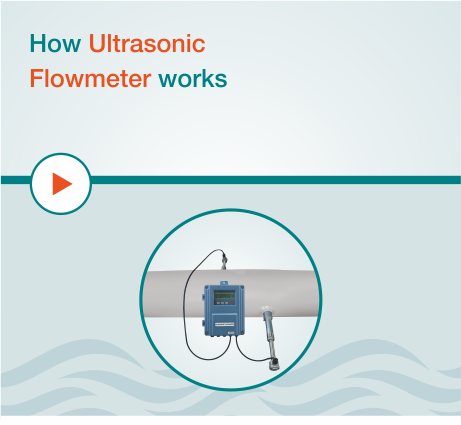Blog
How Electromagnetic Flowmeter works
Working Principle :
Electromagnetic Flowmeters are based on Faraday’s Law of Electromagnetic Induction.
In an Electromagnetic Flowmeter, the magnetic field is generated by a set of coils. As the conductive liquid passes through the electromagnetic field, an electric voltage is induced in the liquid which is directly proportional to its velocity. This induced voltage is perpendicular to both, the liquid flow direction and the electromagnetic field direction. The voltage sensed by the electrodes is further processed by the transmitter to give standardised output signal or displayed in appropriate engineering unit.
The flux density of the electromagnetic field in a given Flowmeter and the distance between the electrodes are constant. Therefore, the induced voltage is only a function of liquid velocity.

The induced voltage is not affected by the physical properties of liquids like temperature, viscosity, pressure, density and conductivity as long as the conductivity of the measured liquid is above the minimum threshold level. For reliable measurement, the pipe must be completely full of liquid.
The electromagnetic field coil assembly is excited by pulsed DC technique which eliminates the interfering noise and provides automatic zero correction.
Write to us at: digital@adeptfluidyne.com
Latest Blogs













